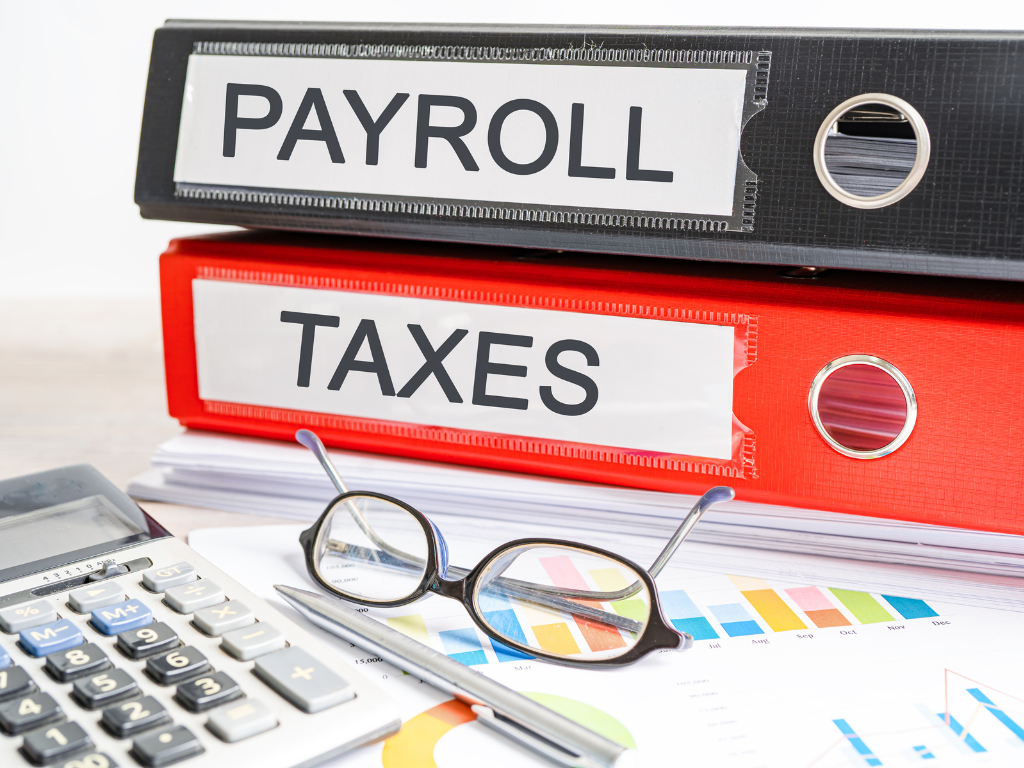Audits don’t always give advance notice. In construction, they often show up when you go after bigger jobs, expand your bonding capacity, or secure new financing. Being unprepared can stall opportunities and raise questions about your financial controls.
The good news? You can avoid surprises with the proper foundation. These nine steps will help you get your books, processes, and documentation audit-ready—before anyone asks.
1. Know When an Audit Will Be Required
Lenders and bonding agents typically request audited financials when your debt exceeds $5–10 million, or your surety bond capacity hits $2 million or more. If you’re approaching these milestones, don’t wait. Give yourself a 12- to 24-month runway to prepare.
2. Shift from Cash Basis to GAAP Accounting
Most construction firms start with cash accounting, but audits require GAAP compliance. That means adopting accrual-based reporting, including the cost-to-cost input method of revenue recognition under ASC 606 and lease reporting under ASC 842. It’s a significant shift—especially if you’ve never tracked costs that way—so starting early is key.
3. Strengthen Job Costing Systems
Accurate job costing supports reliable revenue reporting and margin analysis. Under an audit, you must show how labor, materials, equipment, and subcontractors were allocated to each job. Clean cost codes, consistent updates, and well-trained staff make a big difference.
4. Align and Maintain Your WIP Schedule
Your work-in-progress (WIP) schedule ties your revenue to actual job performance. Auditors will examine whether billing, costs, and percent complete are aligned. A consistent, well-documented WIP schedule helps validate your revenue—and improves cash flow planning along the way.
5. Clean Up Your Chart of Accounts
A clean chart of accounts reduces confusion and streamlines your audit. It should clearly distinguish GAAP-specific entries—like capitalized interest or over/under billings—from operational metrics. This structure supports both internal analysis and external audit requirements.
6. Draft and Document Key Accounting Policies
Your accounting methods must be clearly defined and consistently applied—draft policies for revenue recognition, lease treatment, capitalization thresholds, and indirect cost allocation. Even basic documentation shows auditors you’re thinking proactively. Reviewing and updating these policies annually or when standards change reinforces your commitment to best practices.
7. Organize Lease and Equipment Records
Lease accounting under ASC 842 requires that nearly all leases—equipment, vehicles, or property—be included on the balance sheet. Many construction companies underestimate the time and documentation this involves. If you lease frequently, software tools and periodic internal audits or lease inventory reviews can help keep your records accurate and up to date.
8. Build a GAAP-Compliant Opening Balance Sheet
First-time audits need a clean entry point. Your opening balance sheet must reflect accurate, GAAP-adjusted data. If records are inconsistent or historical entries can’t be verified, your audit timeline and cost will increase. Begin cleaning this up before your first audit period starts.
9. Prepare and Centralize Key Documentation
Construction audits require more than just financial statements. Contracts, change orders, cost reports, project schedules, and communication logs all support the numbers in your books. Ensure this documentation is current, complete, and accessible when requested.
Ready to Get Audit-Ready? Talk to a Construction-Savvy Advisor
You don’t have to navigate audit prep alone. From aligning with GAAP to building reliable WIP reports, a CPA who understands the construction industry can help you put the right systems in place—without disrupting your day-to-day operations. The earlier you engage an advisor, the more flexibility you have to improve processes, train staff, and avoid costly mistakes. A well-prepared audit doesn’t just help you meet compliance—it positions your business to grow confidently.
Treasury Circular 230 Disclosure
Unless expressly stated otherwise, any federal tax advice contained in this communication is not intended or written to be used, and cannot be used or relied upon, for the purpose of avoiding penalties under the Internal Revenue Code, or for promoting, marketing, or recommending any transaction or matter addressed herein.
 Home
Home Sign In
Sign In Make a Payment
Make a Payment Search
Search











